We come to the last component of dealing with performance anxiety: self-assessment.
This part comes after a performance is over usually, although one can do this anywhere in the process (EXCEPT during a performance! that’s a no-no!). This is where you reflect on first what went well, and when you’re ready to think about it, what could have gone better.
Self-Assessment
If you had a specific goal, how did you do? Try to give yourself a % on how much of that goal you achieved. If it was your first performance, you may not have had anything really specific for a goal. But what can be of equal value is to assess what happened. Were you nervous? What happened when you got nervous? When did you get nervous? What did you do right before performing? How prepared were you?
Any questions like these can be helpful because this will determine largely what your next goal should be. It will also help you figure out if you need to try and perform more often. If you perform once per year, that is not nearly frequent enough to help you really build up that good routine and foundation. Too much performing can be detrimental to your progress, too, so it’s important to find a balance. If you have a teacher, they can help you with that.
The point is, you are always moving forward. Make observations about how the performance went – based on your own criteria and not necessarily opinions of others – and try not to attach too much emotion to these things. Mistakes themselves aren’t as important as what you do with them when they occur. Make a list of both the good and the needs improvement areas, and then use this as a means of building on for the next performance.
The worst thing you can do in a creative process is to try and be perfect. Not only is “perfection” subjective to the individual, but it also breaks down any joy a person can have in the process.
| Creative Musician | Perfectionist Musician |
|---|---|
| Is curious as to why they make a mistake | Is upset about making a mistake |
| Is eager to find a solution to a mistake | Feels helpless as to why it happened or how to solve the mistake |
| Comes up with a means to practice that will eliminate the mistake | Tries the same thing again in hopes it will go better this time |
| Makes progress towards fixing the problem/eager to try the new solutions | Feels upset with how they played and dwells on the problem |
Hopefully you can see the difference here: the Creative Student arrives at a solution or a means to solve the mistake, whereas the Perfectionist Student is stuck on the problem. In short, the Creative Student focuses on the solution, and the Perfectionist Student focuses on the problem.

Closing Comments
As you can see, performance anxiety is a highly complex issue, and the points I’ve made here are really just the surface. Emotional, mental, and physical/chemical problems can all have their effect on how we respond to performing. It’s a very personal journey, and different facets of our lives will come to the forefront as we cope with these fears. None of this is intended to substitute for psychological help, so please seek that if you feel overwhelmed in this regard.
If you are interested in reading further on this subject, the two books I mentioned, “A Soprano on Her Head,” by Eloise Ristad and “The Perfect Wrong Note,” by William Westney are great reads. I’ve found them very helpful in my process of overcoming performance anxiety and hope you do too.
This is in no way and exhaustive list of do’s and don’t’s, and I’m always learning more from my students as well as my own performing experiences.



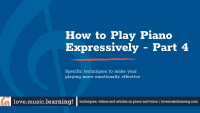
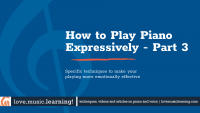
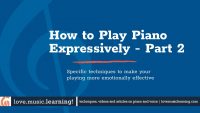
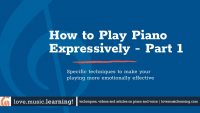
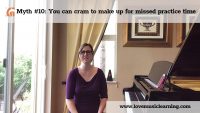

Leave A Comment
You must be logged in to post a comment.